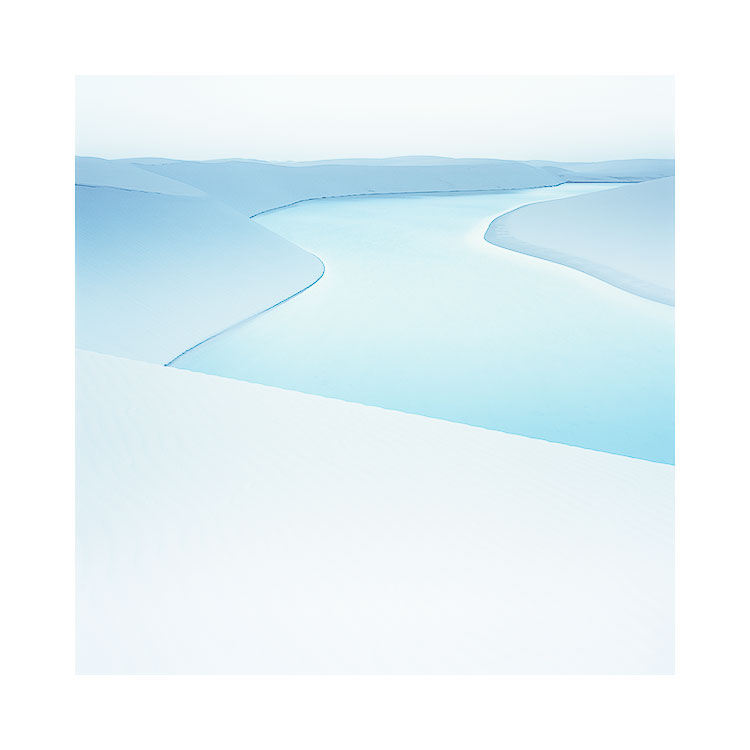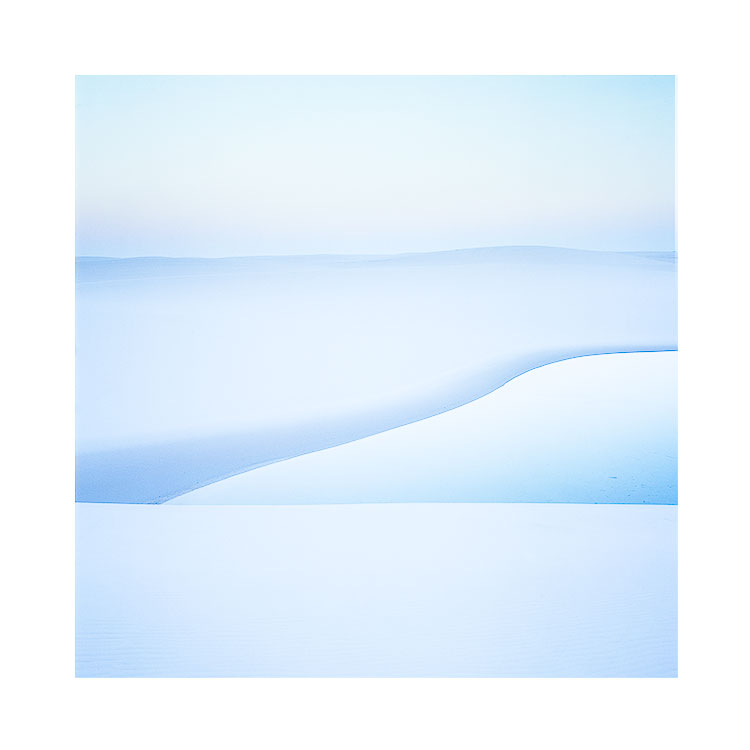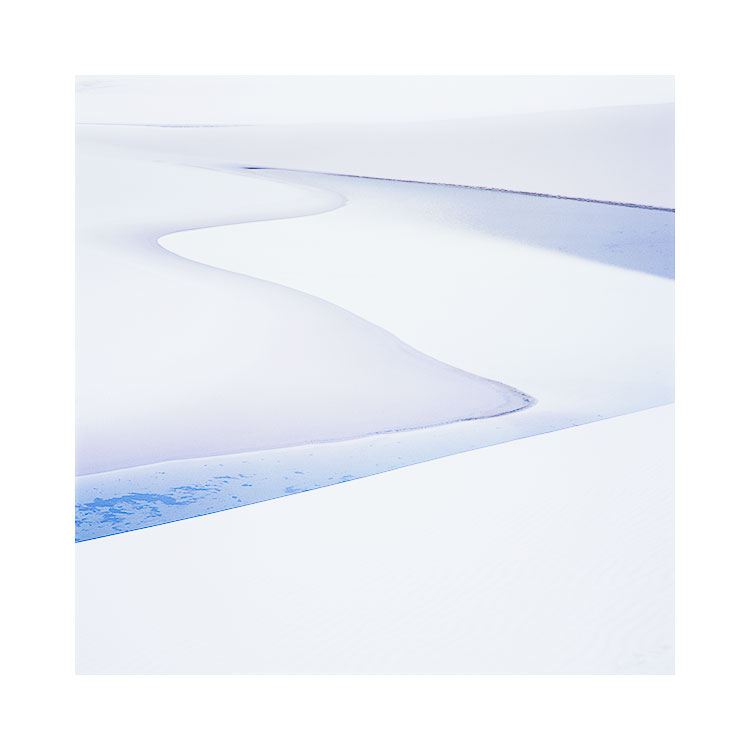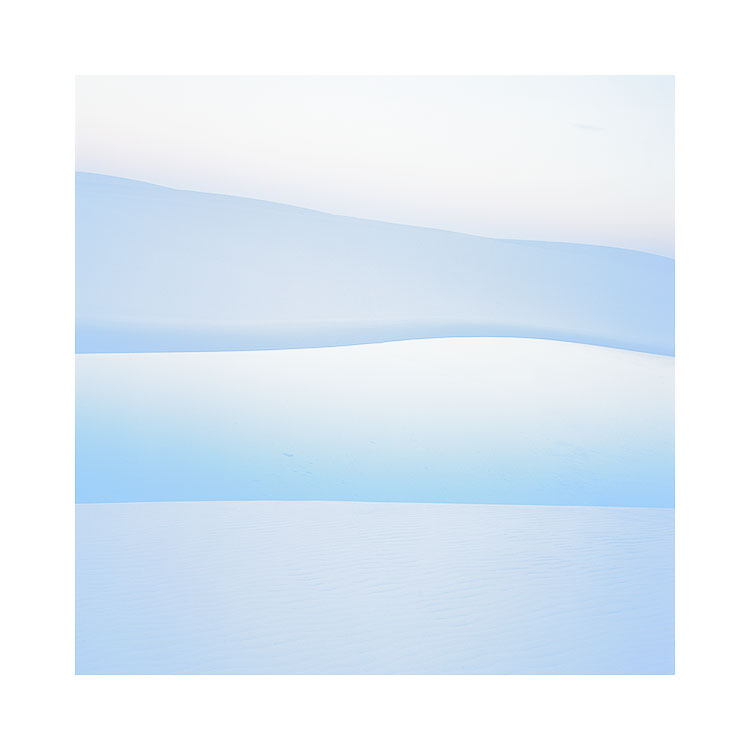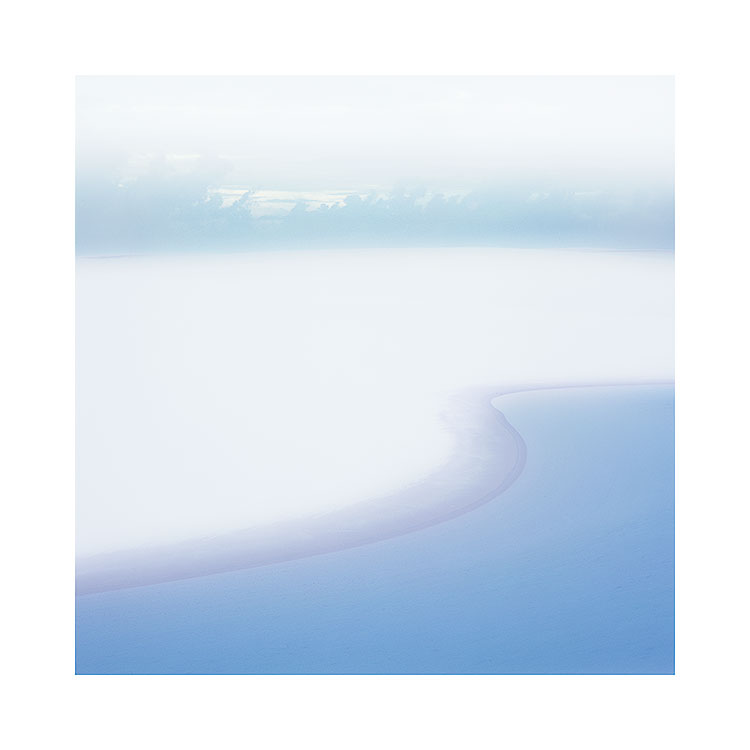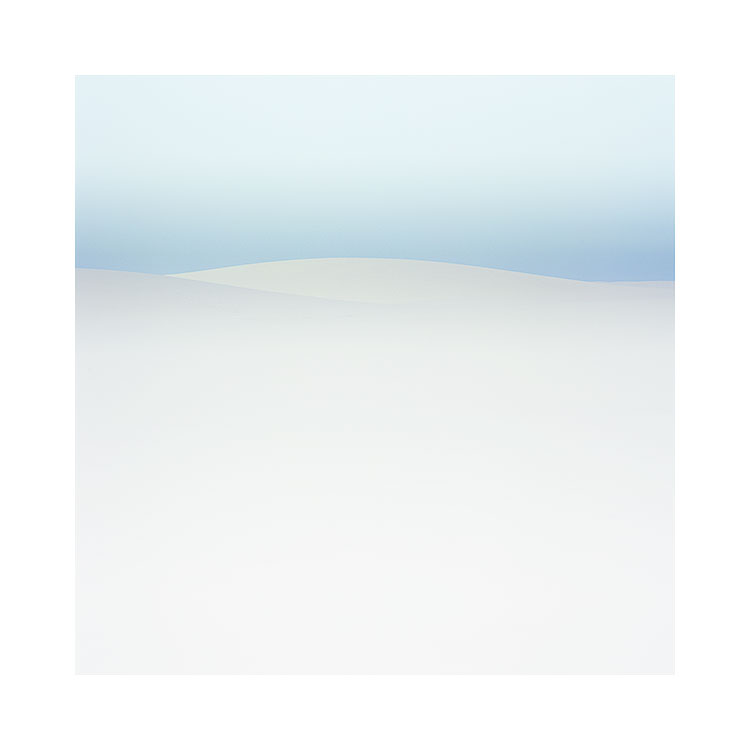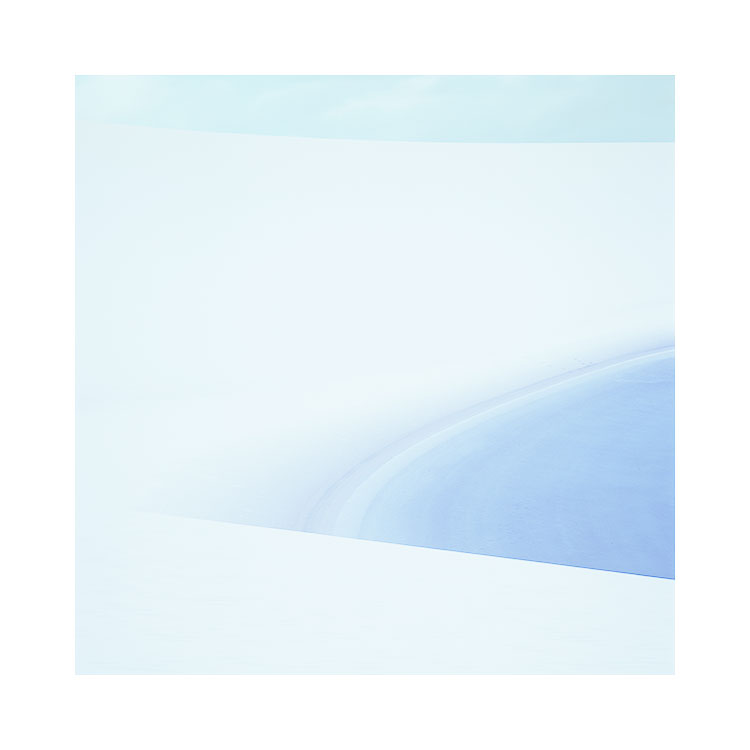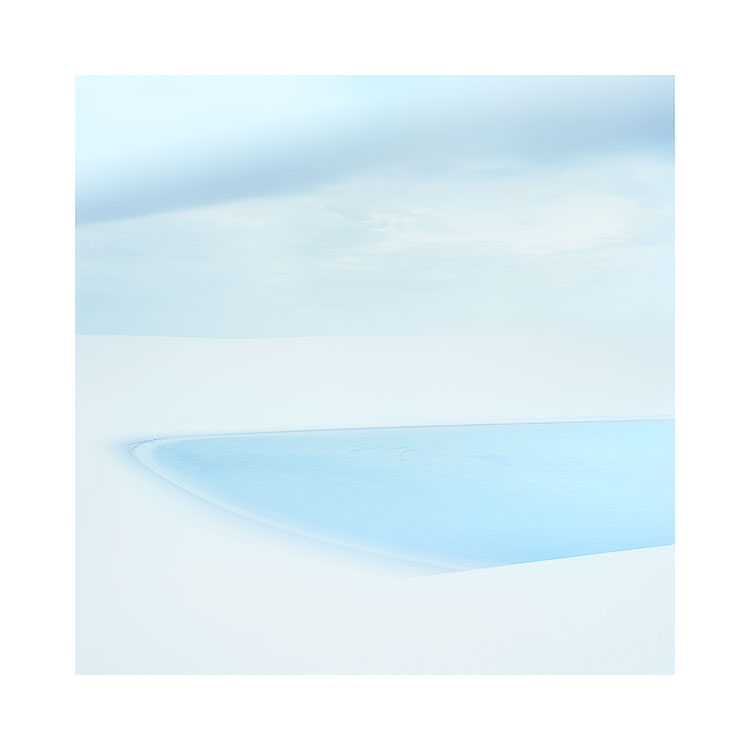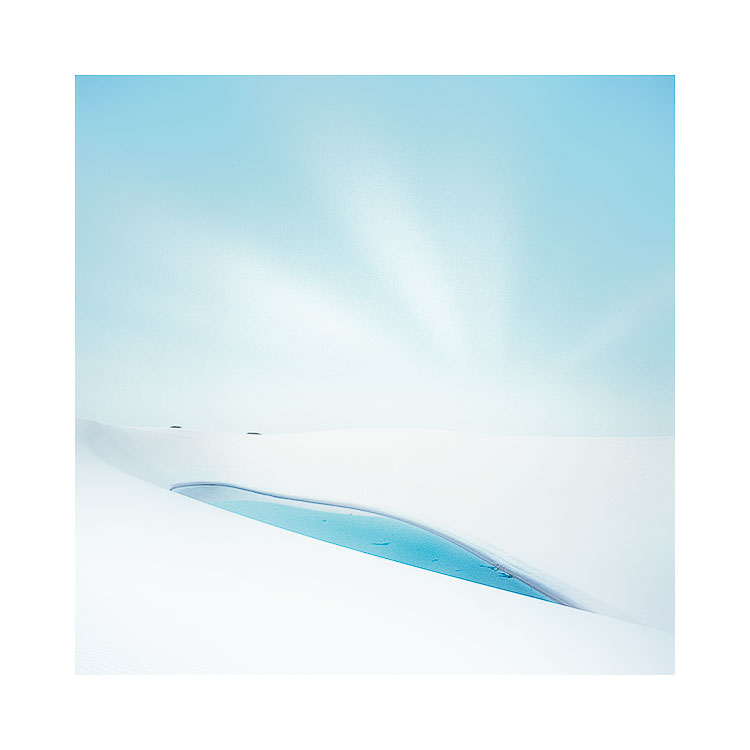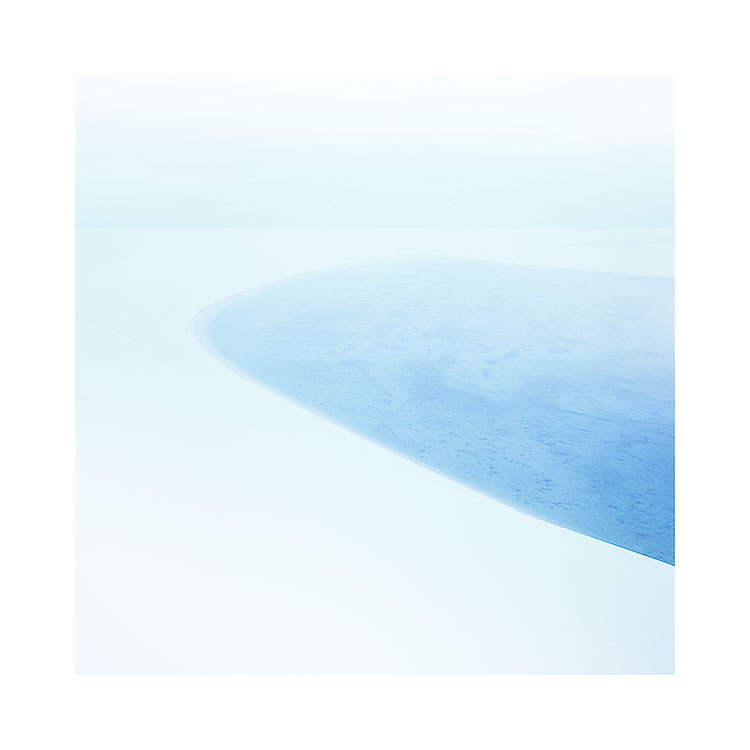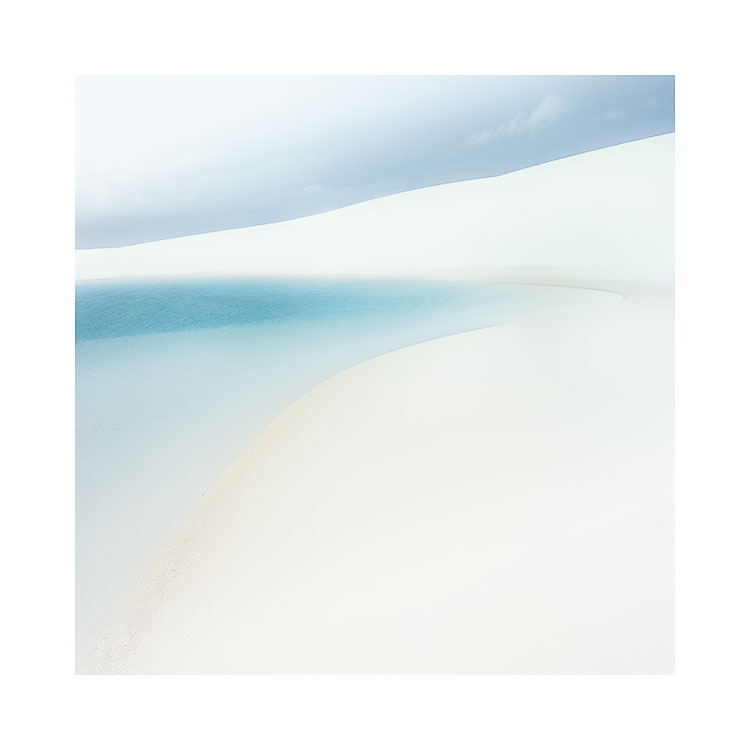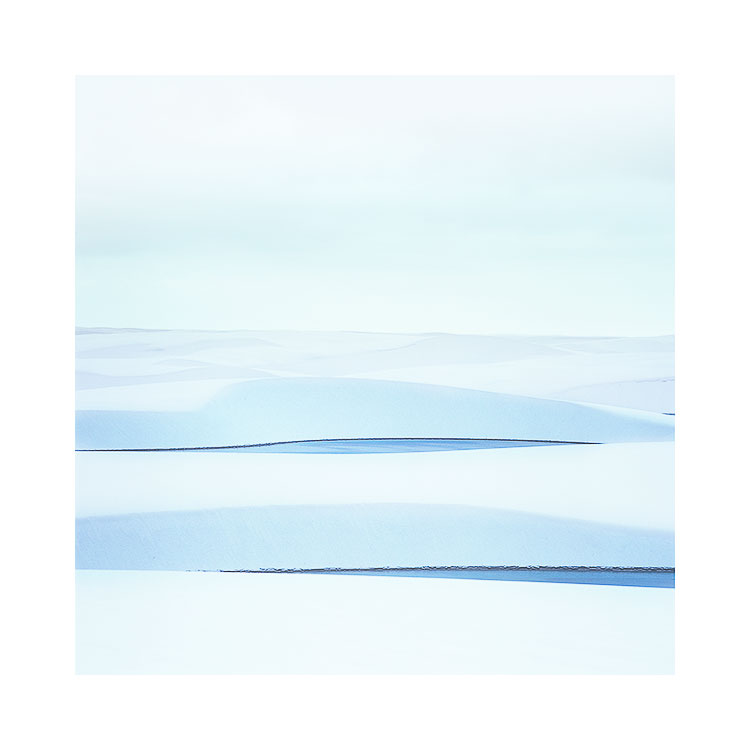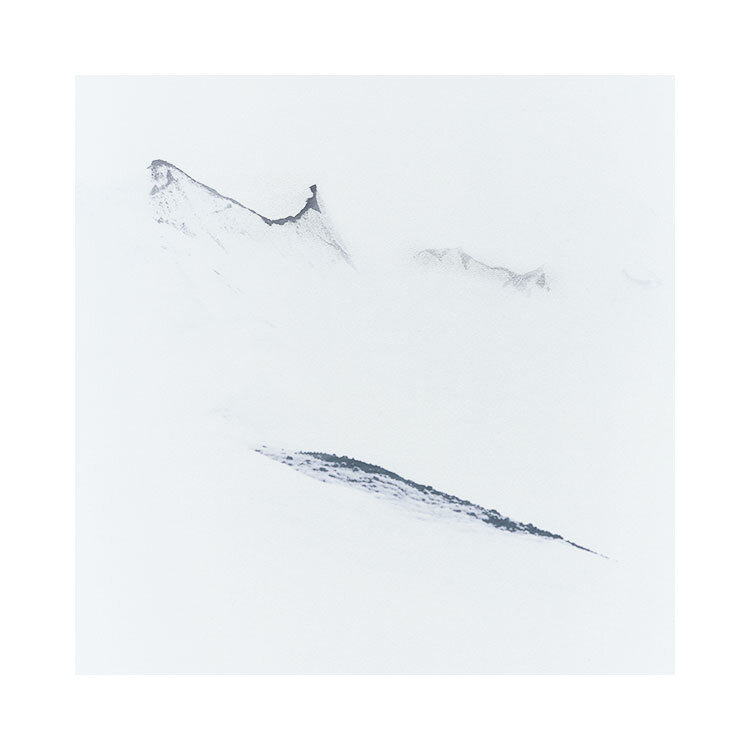“For me, the ultimate goal is to be able to find myself in the images I make.”
“I just think that even if I tried to get as far away from myself as possible,
I would still be there in my own work.”
There are two ways you can look at photography. One is to think that when you photograph something, you are recording it for posterity. Bundled into this is the belief that the photograph is a realistic impression of reality. Then there is the other way you can look at photography: as a personal expression where you are trying to show others what you saw and felt. I don’t think both can coexist as I think they are mutually exclusive or at the very least, contradictory from each other.
I have this old friend of mine, Steven Feinstein, whom is probably nearing his late 90’s now. He came on a few trips with me about 8 years ago, and said something which I thought could be taken one of two ways. He said ‘Bruce you seem to go anywhere in the world, and make the same photo’. The context of him saying this was that he was being friendly and supportive. It did not come over as a criticism, but more an observation. I said to him ‘well, I think I will take that as a compliment’, because what I saw in his statement was that he was saying ‘wherever you go, your photos look like you’.
Well, whether that is what he meant or not, it gave me pause to consider that I think this is what I am most interested in. I do not wish to record something the way it was, I wish to find my own view. I am sure some (but not all) of you are like this also. You wish to find your own take on something, or to show others what you saw or felt.
For me, the ultimate goal is to be able to find myself in the images I make.
Reviewing the set of portfolios of images below, perhaps Steven was right; wherever I go, I make the same photo. I really don’t mind if this is true. I’d actually find it quite a compliment. Because I think we all want our images to be instantly recognised as ours.
I’ve had time to let my style surface, to be more apparent to myself. I am of the mind that I’m extremely lucky. Not everyone figures out if they have a style, or may even have one.
I’m at a point now that my style is so far established that even if I tried to get as far away from myself as possible, I would still be there in my own work.
But for most of us, we don’t know if we have a style, and the problem is, being able to find yourself in what you produce. That is the million dollar quest. Because I am convinced it is not so easy for ourselves to be objective about what we do. I believe the biggest blind spot we have, is in seeing ourselves. This is because it is incredibly difficult to recognise our own strengths and weaknesses. We do not know ourselves, and in a way, photography is the process of working through that.
I believe the only way to find ourselves in our own work, is to continually review, continually create collections of our work, and to continually think about how they relate to each other.
Sets of images below:
Puna de Atacama, Argentina
Lençóis Maranhenses, Brazil,
Bolivian Altiplano, Bolivia,
Hokkaido, Japan,
Central Highlands of Iceland
All different countries, all different landscapes, but somehow they all look stylistically similar. That is where I find ‘me’ in my own work. How about you?






